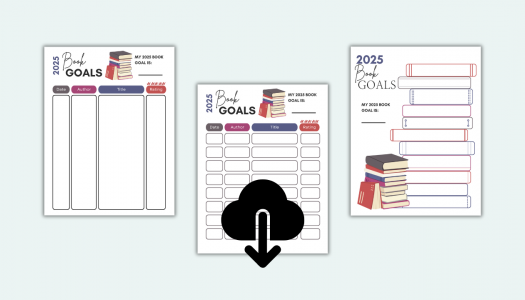
Lori Sabo
A lot of New Year’s resolutions are worth making and keeping, but the one I am begging us all to consider is to read aloud to our students every day.
Why? The benefits are tremendous. Our students usually have a higher listening level than reading level, so they are exposed not only to an excellent model of fluency and phrasing, but also to richer vocabulary and more complex stories than they can access independently. In addition, a shared read-aloud builds a deep, rich sense of community.
Tips
- When: In addition to shared texts during instruction, a read-aloud just for enjoyment can provide a smooth transition after lunch or a satisfying conclusion to the end of each period (for older students) or the day (for elementary students).
- What: If we choose books we love that are infused with rich language, captivating characters and story lines, and appealing illustrations, our students can’t help but be transported.
- Rehearse: Preview. I can’t emphasize this strongly enough. We don’t want to be surprised by a swear word, mature content, or dead dogs. Also, when we preview, we can determine stopping points to maximize engagement and elicit the chorus of “Don’t stop there!” that inevitably comes with a well-timed break.
Techniques
- Pace and Volume: By paying attention to the words as we preview, we’ll know when to pause, get louder, get softer, speed up, and slow down. Louder and faster typically conveys excitement and drama. Soft or slow will be just right for dark or suspenseful moments. Don’t be afraid to perfect the pause.
- Expression: This became even trickier during a pandemic, didn’t it? But even with a mask on, we can impart a lot with our eyes. They widen, narrow, shine, and on occasion tear up, drawing students into each moment. And the expression of our voices will often communicate the meaning of words. A hushed voice for whispered and a louder voice for exclaimed are just two examples.
- End Well: If we want our audience to sigh with contentment when a story ends, we won’t rush the last line. Thoughtfully reading the last line releases students from the grip of the tale.
Titles: There isn’t enough room here for me to give you a complete list of all my favorite read-alouds, but I can give you 20 of my favorites. Read about them to see if they are a match for your audience.
Picture:
- Outside, Inside by LeUyen Pham
- The Bug Girl: A True Story by Sophia Spencer
- Twenty-One Steps: Guarding the Tomb of the Unknown Soldier by Jeff Gottesfeld
- Hum and Swish by Matt Myers
- Cat the Cat, Who Is That? by Mo Willems
- This Is Not My Hat by Jon Klassen
- I Need My Monster by Amanda Noll
- Each Kindness by Jacqueline Woodson
- Watercress by Andrea Wang
Chapter:
- The Beatryce Prophecy by Kate DiCamillo
- The Great Wall of Lucy Wu by Wendy Wan-Long Shang
- Scary Stories for Young Foxes by Christian McKay Heidicker
- Starfish by Lisa Fipps
- My Life as a Potato by Arianne Costner
- Adventures with Waffles by Maria Parr
- Almost Super by Marion Jensen
- Operation Frog Effect by Sarah Scheerger
- Sweep: The Story of a Girl and Her Monster by Jonathan Auxier
- The One and Only Bob by Katherine Applegate
- A Tale Dark & Grimm by Adam Gidwitz
By the time you have read this, I will already have broken my resolution to walk every day and eat a little more healthfully. But reading aloud every day is an easier resolution to keep. I hope you’ll join me, and I wish you a hundred magical moments with the students you bless with stories.
News From The Daily CAFE
Favorite Read-Alouds from Friends
A Critical Lesson When Beginning Work on Writing
Setting Book Goals










